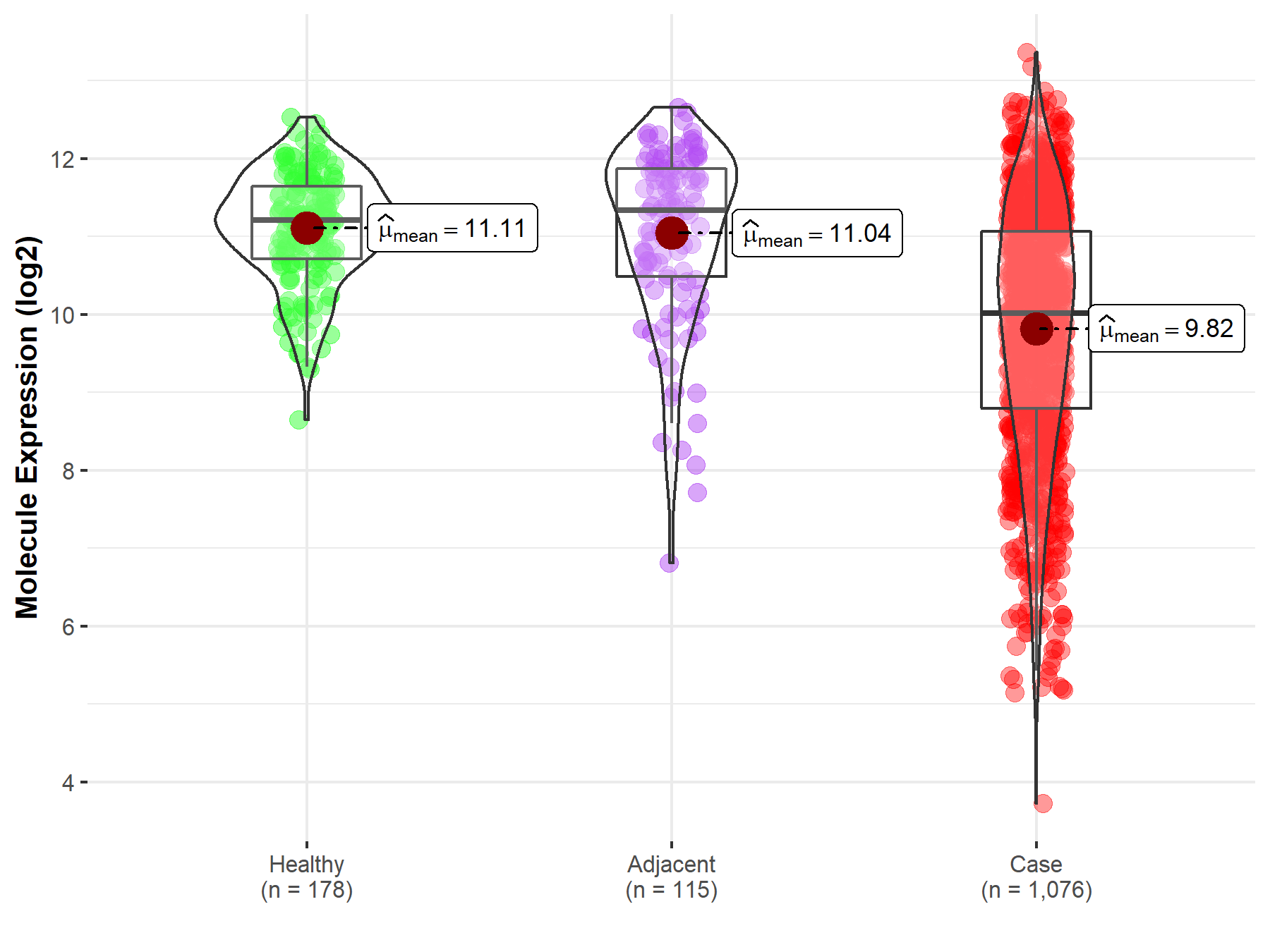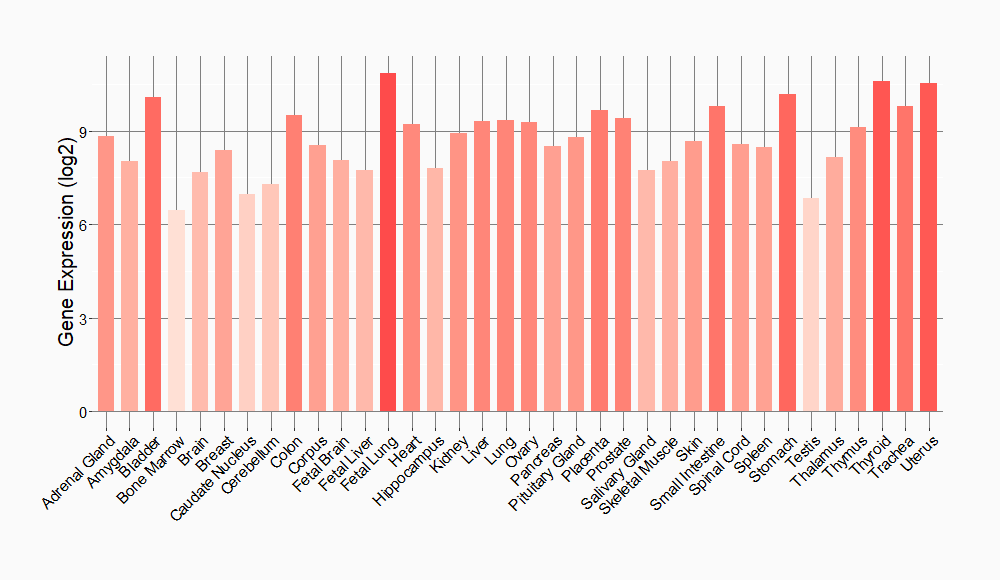Molecule Information
General Information of the Molecule (ID: Mol00091)
| Name |
DNA-binding protein inhibitor ID-1 (ID1)
,Homo sapiens
|
||||
|---|---|---|---|---|---|
| Synonyms |
Class B basic helix-loop-helix protein 24; bHLHb24; Inhibitor of DNA binding 1; Inhibitor of differentiation 1; BHLHB24; ID
Click to Show/Hide
|
||||
| Molecule Type |
Protein
|
||||
| Gene Name |
ID1
|
||||
| Gene ID | |||||
| Location |
chr20:31605283-31606515[+]
|
||||
| Sequence |
MKVASGSTATAAAGPSCALKAGKTASGAGEVVRCLSEQSVAISRCAGGAGARLPALLDEQ
QVNVLLYDMNGCYSRLKELVPTLPQNRKVSKVEILQHVIDYIRDLQLELNSESEVGTPGG RGLPVRAPLSTLNGEISALTAEAACVPADDRILCR Click to Show/Hide
|
||||
| Function |
Transcriptional regulator (lacking a basic DNA binding domain) which negatively regulates the basic helix-loop-helix (bHLH) transcription factors by forming heterodimers and inhibiting their DNA binding and transcriptional activity. Implicated in regulating a variety of cellular processes, including cellular growth, senescence, differentiation, apoptosis, angiogenesis, and neoplastic transformation. Inhibits skeletal muscle and cardiac myocyte differentiation. Regulates the circadian clock by repressing the transcriptional activator activity of the CLOCK-ARNTL/BMAL1 heterodimer (By similarity).
Click to Show/Hide
|
||||
| Uniprot ID | |||||
| Ensembl ID | |||||
| HGNC ID | |||||
| Click to Show/Hide the Complete Species Lineage | |||||
Type(s) of Resistant Mechanism of This Molecule
Drug Resistance Data Categorized by Drug
Approved Drug(s)
1 drug(s) in total
| Drug Sensitivity Data Categorized by Their Corresponding Mechanisms | ||||
|
|
||||
| Disease Class: Non-small cell lung cancer | [1] | |||
| Sensitive Disease | Non-small cell lung cancer [ICD-11: 2C25.Y] | |||
| Sensitive Drug | Cisplatin | |||
| Molecule Alteration | Expression | Down-regulation |
||
| Experimental Note | Revealed Based on the Cell Line Data | |||
| Cell Pathway Regulation | NF-kB signaling pathway | Inhibition | hsa04218 | |
| In Vitro Model | A549 cells | Lung | Homo sapiens (Human) | CVCL_0023 |
| NCI-H460 cells | Lung | Homo sapiens (Human) | CVCL_0459 | |
| Experiment for Molecule Alteration |
Western blot analysis; Luciferase reporter assay | |||
| Experiment for Drug Resistance |
MTT assay | |||
| Mechanism Description | miR381 suppresses the growth and increases cisplatin sensitivity in non-small cell lung cancer cells through inhibition of nuclear factor-kB signaling. miR381 suppresses the activation of NF-kB signaling by targeting ID1. | |||
Disease- and Tissue-specific Abundances of This Molecule
ICD Disease Classification 02

| Differential expression of molecule in resistant diseases | ||
| The Studied Tissue | Lung | |
| The Specified Disease | Lung cancer | |
| The Expression Level of Disease Section Compare with the Healthy Individual Tissue | p-value: 2.67E-57; Fold-change: -1.19E+00; Z-score: -1.70E+00 | |
| The Expression Level of Disease Section Compare with the Adjacent Tissue | p-value: 2.63E-20; Fold-change: -1.32E+00; Z-score: -1.17E+00 | |
|
Molecule expression in the normal tissue adjacent to the diseased tissue of patients
Molecule expression in the diseased tissue of patients
Molecule expression in the normal tissue of healthy individuals
|
||
| Disease-specific Molecule Abundances |

|
Click to View the Clearer Original Diagram |
Tissue-specific Molecule Abundances in Healthy Individuals


|
||
References
visits since 2022
If you find any error in data or bug in web service, please kindly report it to Dr. Sun and Dr. Zhang.
